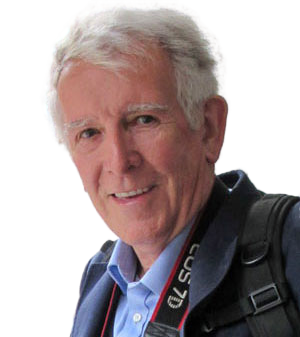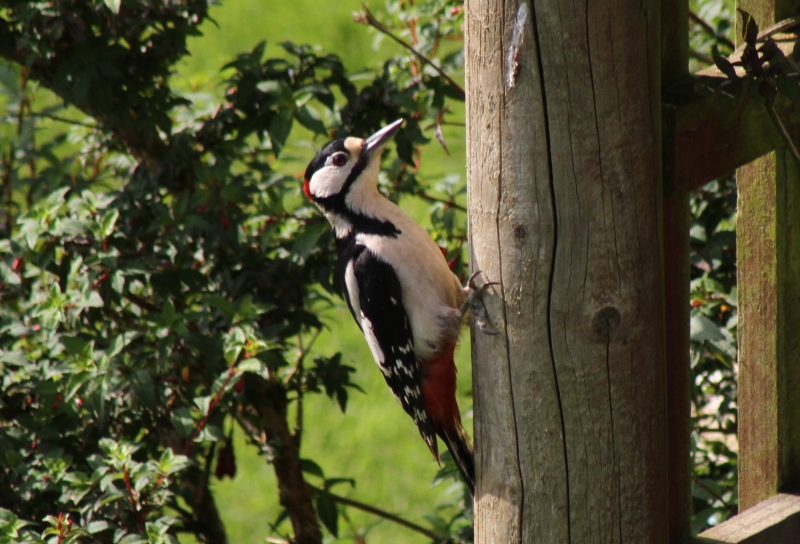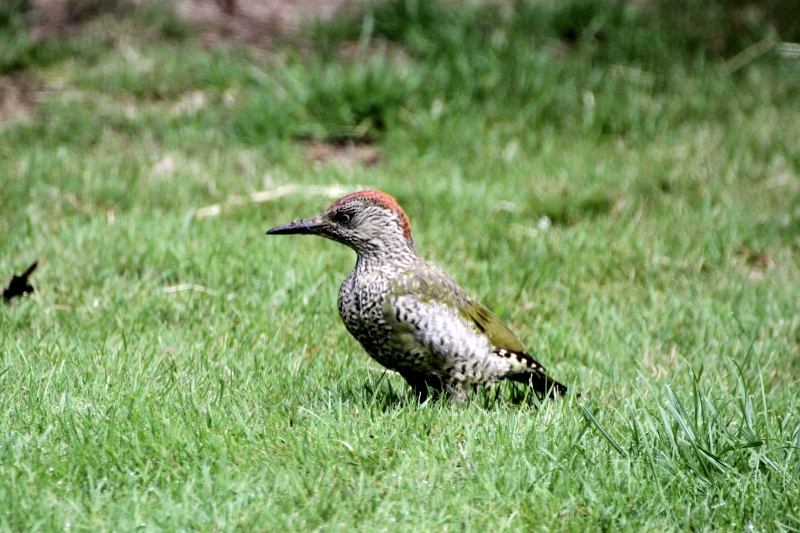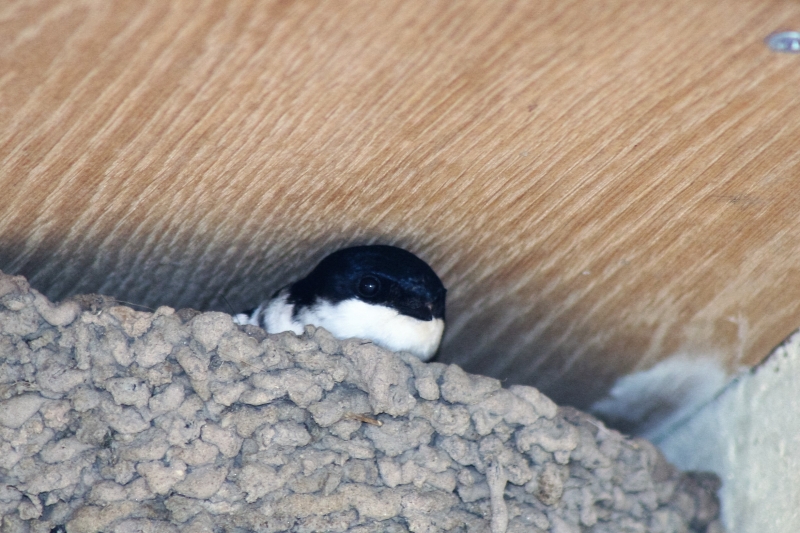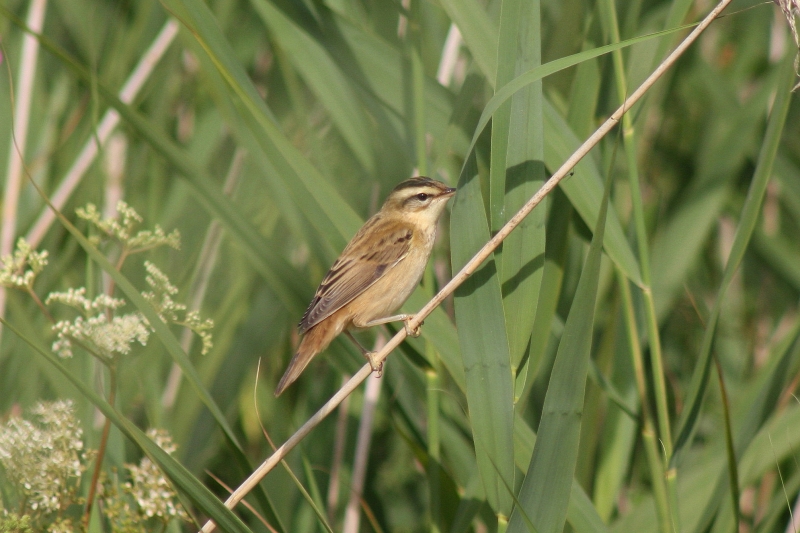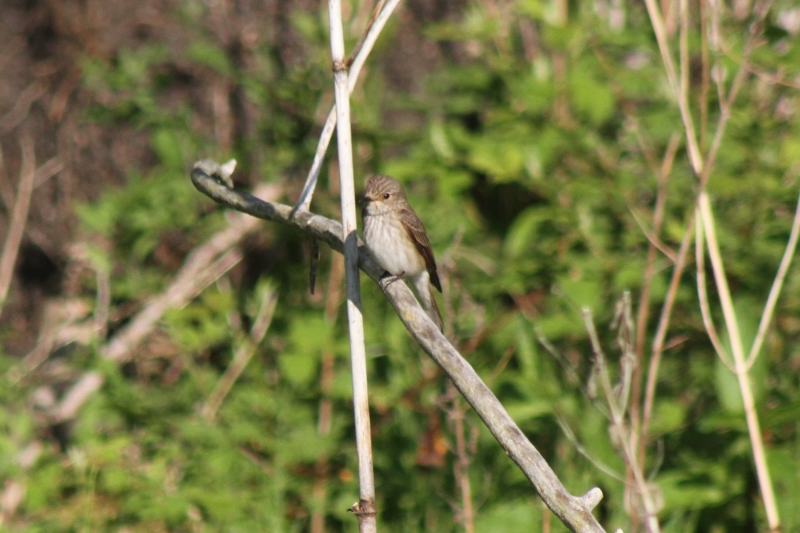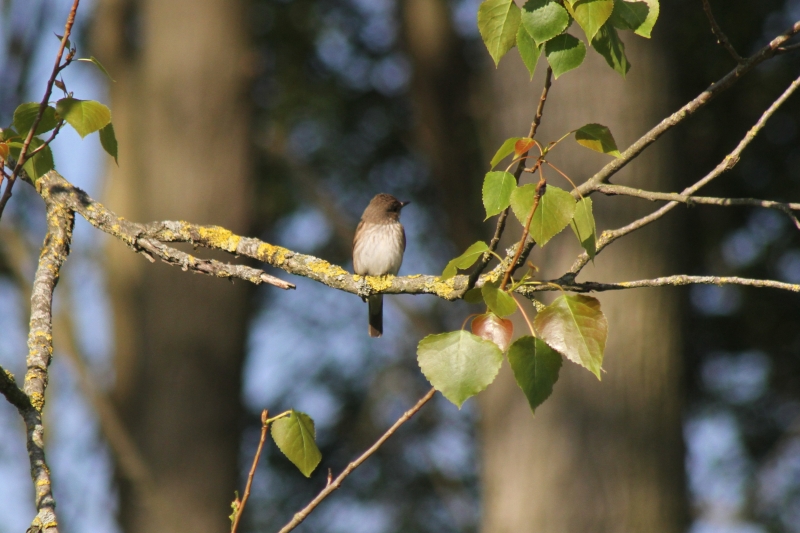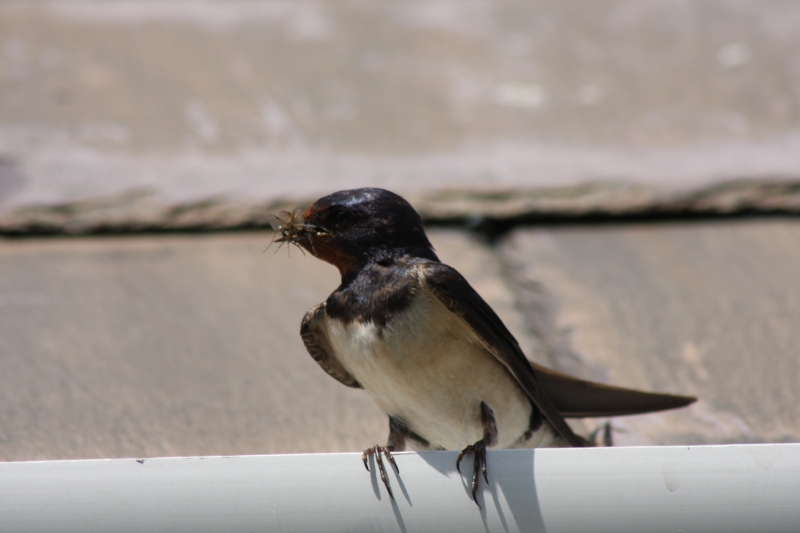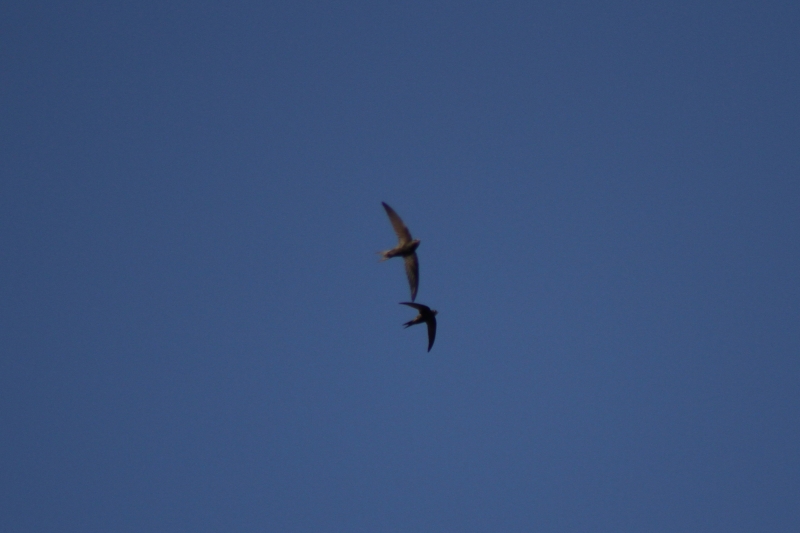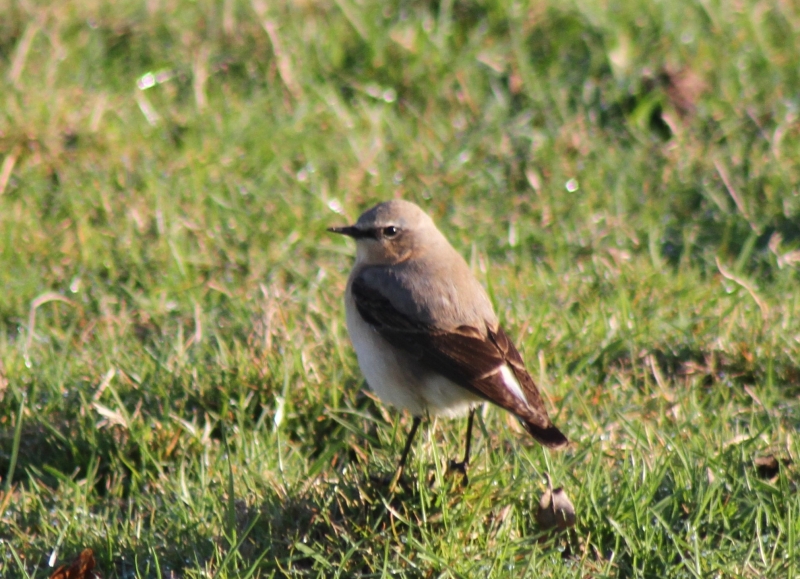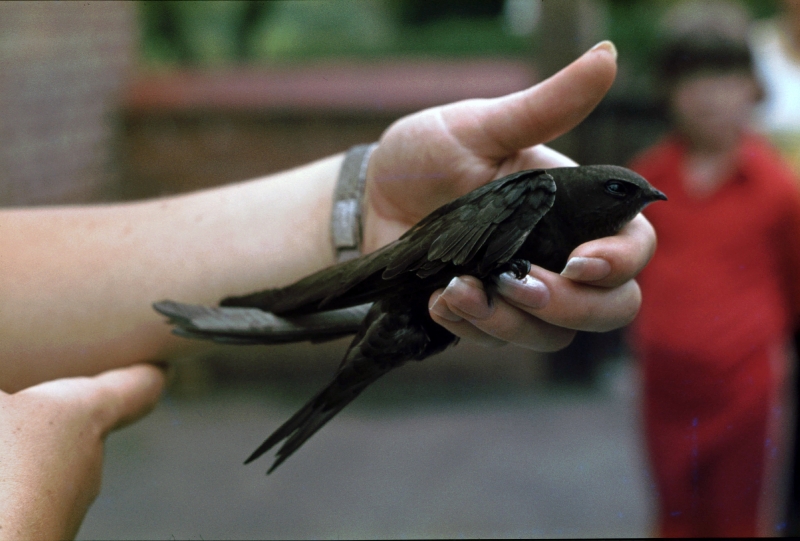

The annual spring migration of our bird species is now well underway in the Parish, with the first arrivals appearing in late March. Sand martins were the first to be seen, feeding over the new lake at Hockenhull, and the trees on either side of the footpath through the reserve were alive with singing chiff chaff. I estimate that at least ten singing males were present that day, but some have now moved on. The green woodpecker heard on April 3rd was possibly a bird passing through, but the three or four greater spotted woodpeckers that are drumming noisily in the poplar plantation at present, are resident. A lone wheatear seen on the big meadow in April is almost certainly a passage bird, following the Gowy as a flyway to moors and mountainous areas further north in the UK. The first swallows have reached us and will soon take up residence in the village, often in nests used in previous years. I find it staggering that these tiny birds can fly thousands of hazardous miles each year across land (including mountains & deserts) and sea, and yet arrive back at their old nest site year after year. House martins normally arrive later and they too have similar nesting preferences, although their habit of depositing large amount of droppings directly onto windowsills and doorways doesn’t make them popular with everyone. Swifts which arrive early in May are much more secretive, and nest in house roofs, getting access into particular eaves almost secretly. These birds are just amazing because every part of their lives apart from laying & incubating eggs takes place in the air. They scream in the skies over the central part of the village as they catch their insect prey, and are easily recognisable with their sickle shaped wings and their dense black colour.
Within the next few days sedge warblers with their white eye stripe and distinctive “zizz” like call will be seen in the reed beds, and will probably be accompanied by several rather dull looking, brown grasshopper warblers, which despite their “dull” appearance have a wonderful fishing reel-like call. They are best heard in early morning or late evening, but can often be heard singing in wet, damp conditions. During the last two years the larger and rarer reed warbler has also been heard near the “bridges”, so it is well worth spending time there listening out for them. Sadly the evocative and elusive cuckoo does seem to have deserted us, and was last seen and heard at Hockenhull four years ago. A friend did hear one at Bickerton Hill last spring, but that is the nearest to the village that I’ve heard of.
I’m pleased to report that spotted flycatchers, also spring migrants, and once very common in the village, which have been absent for a number of years, have now started breeding again in the poplar plantation. These tiny insect feeders can best be seen, darting up into the sky, catching an insect or two, and then landing on the same branch from which they took off, to feed. The spotted flycatchers at Hockenhull are currently using an old damaged nest box, but they can also nest in tree holes. When the late great Les George was Headteacher at Christleton High School, a pair regularly nested in a drainpipe outside his office window. This was always a good talking point when we met!. On another occasion in the 1980’s whilst the annual St James’ Flower Service was taking place, a pair of spotted flycatchers spent time feeding from gravestones near the church porch,
The spring migration is always a good time to see birds, as it occurs before the full canopy of leaves cover the trees. So look up at the trees, or into the sky from time to time, and see and listen to the song of some amazing creatures that fly such vast distances, and yet return year after year, to give so much pleasure.
PS. As I write these notes news has reached me that our village swans are nesting again on a canal side garden and that the first eggs have been laid.
-

Cuckoo
-

Green Spotted Woodpecker
-

Green Woodpecker
-

Swallow
-

Sedge Warbler
-

Spotted Flycatcher
-

Spotted Flycatcher
-

Swallow
-

Swallow Family Pair
-

Swallow
-

Swifts
-

Wheatear
-

Swift
